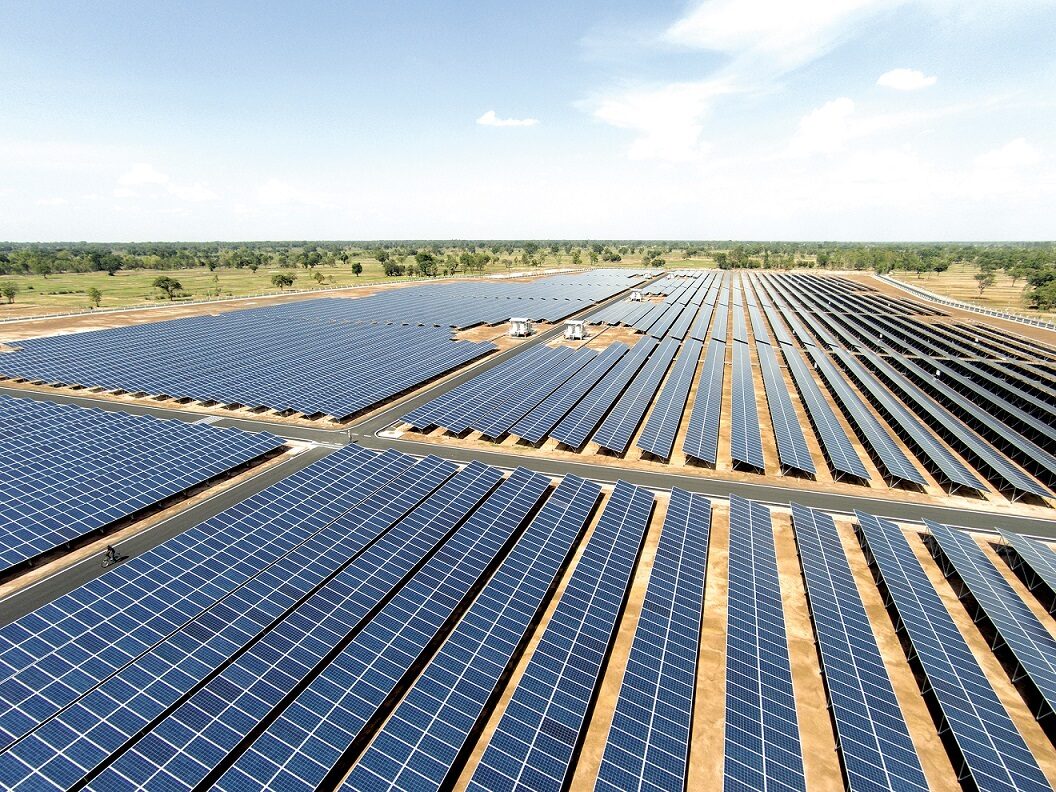A research group in Nigeria has proposed to build n-type heterojunction planar inverted perovskite solar cells without using transparent conducting oxides (TCOs) for the passivate contacts.
The researchers said this new design is intended to maximize the cell performance while reducing production costs and environmental impacts. “The possibility of attaining high efficiency by utilizing the inverted planar technique without using silicon composites and organic hole transport materials can lead to a greater variety of benefits in the sector,” they added.
TCOs are materials that show both transparent and conducting properties and have been used for decades in both sides of contacted crystalline silicon (c-Si) heterojunction (SHJ) solar cells to provide lateral conduction for carrier collection. TCOs are already widely used in the display industry, touchscreens, and artificial- and virtual-reality applications.
Inverted perovskite cells have a device structure known as “p-i-n”, in which hole-selective contact p is at the bottom of intrinsic perovskite layer i with electron transport layer n at the top. Conventional halide perovskite cells have the same structure but reversed – a “n-i-p” layout. In n-i-p architecture, the solar cell is illuminated through the electron-transport layer (ETL) side; in the p-i-n structure, it is illuminated through the hole‐transport layer (HTL) surface.
The Nigerian scientists used the SCAPS-1D solar cell capacitance software, developed by the University of Ghent, to simulate the novel cell configuration.
For the cell absorber, they considered the use of a lead-free perovskite material known as methylammonium tin triiodide (CH3NH3SnI3), which has an energy bandgap of 1.3 eV. They also decided to use copper oxide (Cu2O) for the HTL and zinc oxide (ZnO) for the ETL. The cell design includes a glass substrate and an aluminum (Al) back contact.
“The choice of Cu2O as HTM in this work over other HTMs is based on the fact that it is relatively cheap when compared to organic-based HTMs, high absorption coefficient, high intrinsic hole mobility, and acceptable energy levels that are aligned with the absorber layer, high photochemical and thermal stability as well as long-term stability in air,” they explained. “ZnO is used as ETM because of its high absorption coefficient, higher electron mobility and aligned energy bandgap with the chosen perovskite when compared to the SnO2.”
Through the simulation, the group gauged the thickness of both HTM and ETM layers, as well as the absorber’s doping concentration. “The thickness of the HTM, absorber layer and ETM were optimized to 40 nm, 1200 nm and 200 nm respectively,” it stated.
Simulated under standard illumination conditions, the proposed device achieved a power conversion efficiency of 30.17%, an open-circuit voltage of 1.0867 V, a short-circuit current density of 33.4942 mA/cm2, and a fill factor of 82.88%. “It’s very clear that the photovoltaic performance of the proposed device is superior to other related works reported in the literature,” the scientists said.
The group also affirmed that the proposed design paves the way for the production of simple, eco-friendly, cheap, and highly efficient perovskite solar cells using all-inorganic transport materials.
The novel cell concept was introduced in the study “Simulation and optimization of 30.17% high performance N-type TCO-free inverted perovskite solar cell using inorganic transport materials,” published in scientific reports. The research team included academics from Nigeria’s University of Benin and the Federal University of Health Sciences.
This content is protected by copyright and may not be reused. If you want to cooperate with us and would like to reuse some of our content, please contact: editors@pv-magazine.com.









By submitting this form you agree to pv magazine using your data for the purposes of publishing your comment.
Your personal data will only be disclosed or otherwise transmitted to third parties for the purposes of spam filtering or if this is necessary for technical maintenance of the website. Any other transfer to third parties will not take place unless this is justified on the basis of applicable data protection regulations or if pv magazine is legally obliged to do so.
You may revoke this consent at any time with effect for the future, in which case your personal data will be deleted immediately. Otherwise, your data will be deleted if pv magazine has processed your request or the purpose of data storage is fulfilled.
Further information on data privacy can be found in our Data Protection Policy.